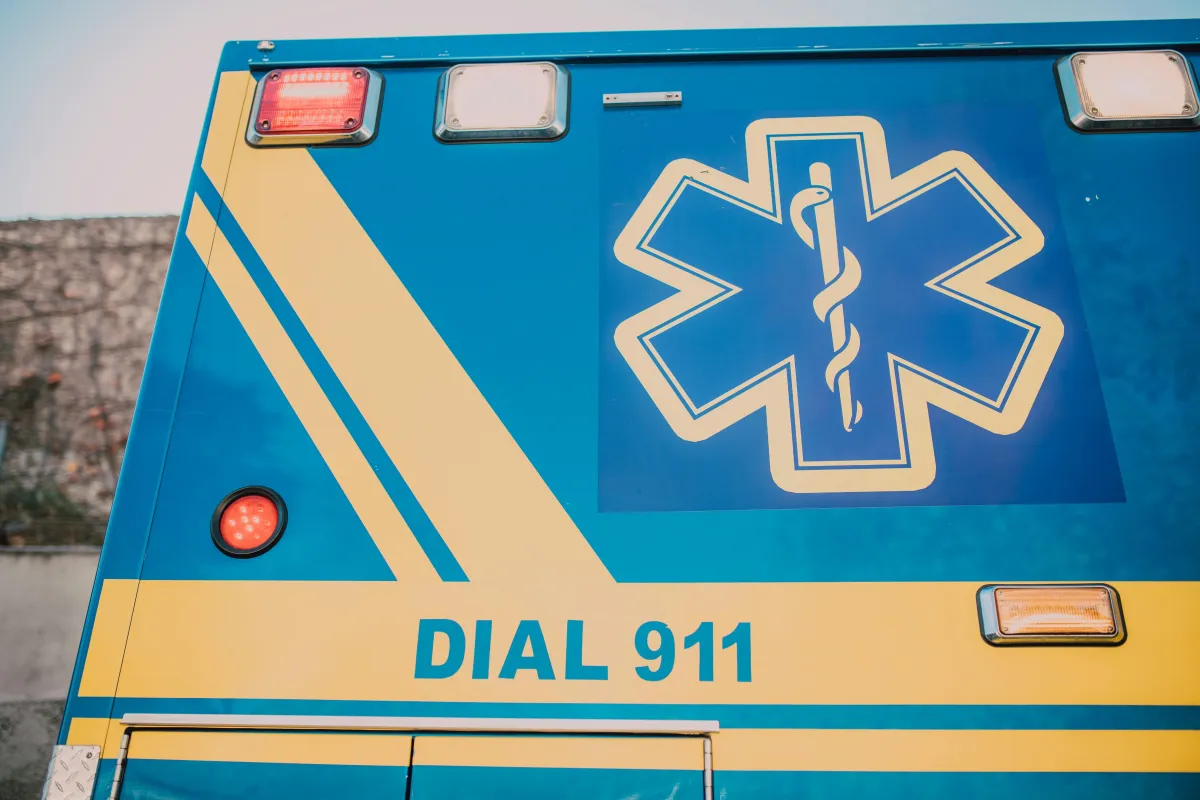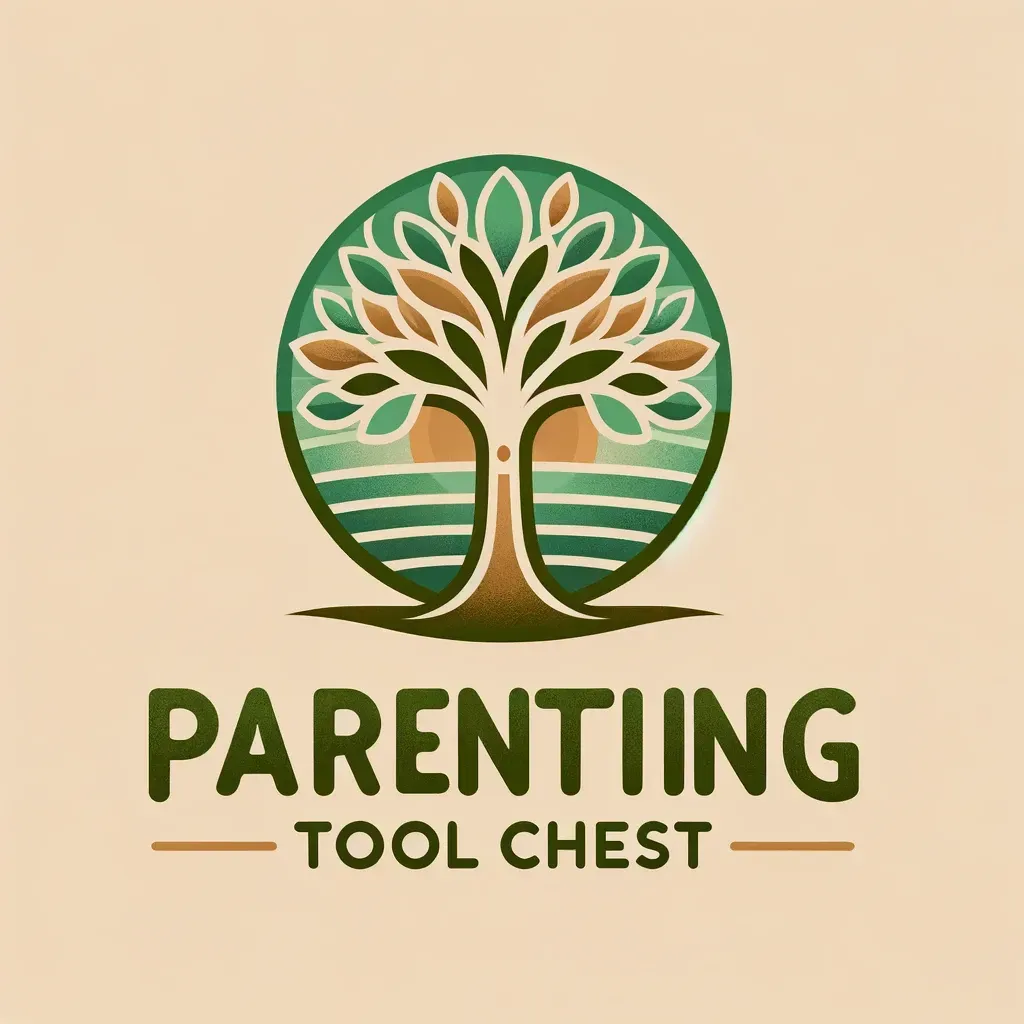Parenting with Purpose
Encouraging Growth and Development of Well-Adjusted Children

When A Child Needs to Call 9 1 1
When Your Child Needs to Call 911
I used to think going down a slide with a child on your lap was a safe and sweet way to enjoy the playground together. I even thought I was doing it “right” by holding the child close, with arms and legs tucked in tight.
So when a brave preschooler in my care wanted to try the big 12-foot spiral slide, I sat her on my lap, made sure her limbs were tucked in, and down we went. What I didn’t expect was how fast we’d go—or that I’d instinctively try to slow us down with my feet. That split-second reaction resulted in significant foot injuries. Thankfully, the child was completely fine.
Later, I learned the American Academy of Pediatrics actually advises against adults sliding with children for exactly this reason. The added weight and momentum can cause injuries—most often to the child’s legs. I learned that lesson the hard way, and now I share it whenever I can: when your child is ready to slide, let them go down on their own bottom.
As I limped to my car to call for help, another thought struck me: what if I hadn’t been able to get up? What if there hadn’t been another adult nearby? Would the child have known what to do?
That experience became a powerful reminder of why it’s so important to teach children how and when to call 911.
By around age four, most children can begin to understand what an emergency is and how to respond. Start by explaining the difference between emergencies and non-emergencies. Emergencies include things like a fire, someone who isn’t waking up, choking, a serious accident, or someone threatening harm. A scraped knee or a lost toy? Not an emergency. Kids need to know the difference.
Depending on what kind of phone or device you have at home, the way your child calls for help may differ. Here’s how to walk them through the options:
Cell Phones:
Most smartphones allow emergency calls even when locked.
On iPhones, swipe up from the lock screen and tap “Emergency.”
On Android phones, look for “Emergency Call” on the locked screen.
Many phones also have Emergency SOS features:
iPhone: Press and hold the side and a volume button, or press the side button five times quickly.
Android: Press the power button five times rapidly or hold both the power and volume buttons.
Take time to explore your phone’s specific features and practice using them with your child. (Tip: Put the phone in airplane mode while practicing to prevent a real call.)
Landlines:
If you have one, teach your child to pick up the receiver, listen for a dial tone, and press 9-1-1. Landlines are especially helpful because they automatically send your location to dispatchers.
Old Phones:
Even phones with no active service can still call 911. Consider keeping one charged, unlocked, and labeled as your family’s “emergency phone.”
Voice Assistants and Smart Speakers:
Devices like Siri or Google Assistant can call 911 if properly set up. Practice saying, “Hey Siri, call 911” or “Okay Google, call 911.”
With Alexa, you’ll need to program emergency contacts in advance. Your child can then say, “Alexa, call for help.”
What to Say
Knowing how to make the call is only part of it. Children also need to know what to say once they’re connected with emergency services. Practice these key steps with your child:
Say their full name
Give their address or describe where they are
Clearly explain what happened
Stay on the line until help arrives
Practice Leads to Prepared
This skill, like any other, improves with repetition. Role-play different scenarios with your child. Pretend to be the dispatcher and ask questions like:
“Where are you?”
“What happened?”
“Who needs help?”
Keep the practice light and engaging, but meaningful. If you're using a real cellphone, switch it to airplane mode or try a kid-friendly simulator app like Ready Set Dial to safely rehearse the steps.
Teaching kids how to call 911 isn’t about scaring them—it’s about empowering them. It’s a practical way to help your child feel confident and capable in a scary moment. And if that moment ever comes, their ability to act could make all the difference.
For more tips and a downloadable 9-1-1 Emergency Readiness Checklist, see additional blog posts at parentingtoolchest.com.
Instagram: parentingtoolchest
Facebook: Parenting Tool Chest
